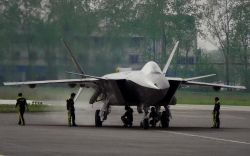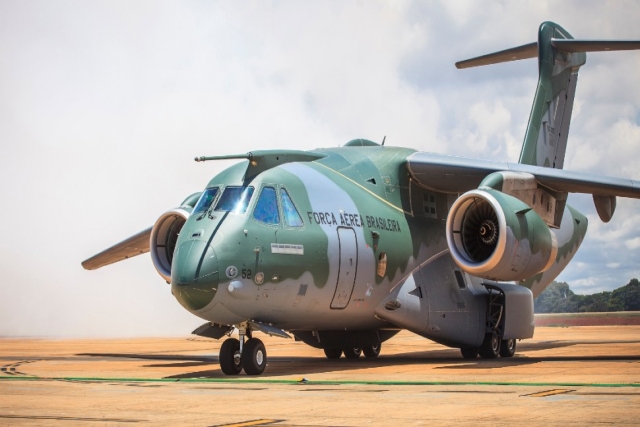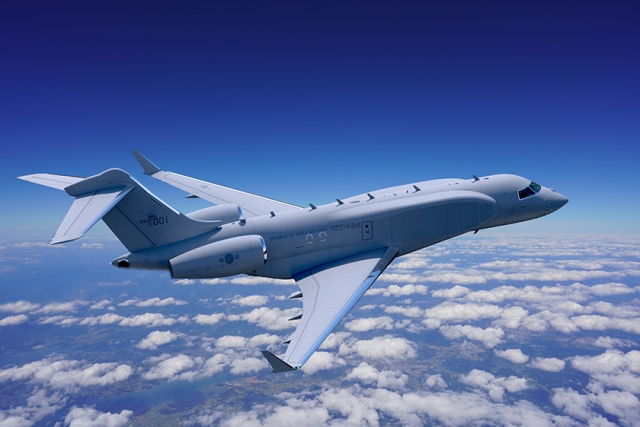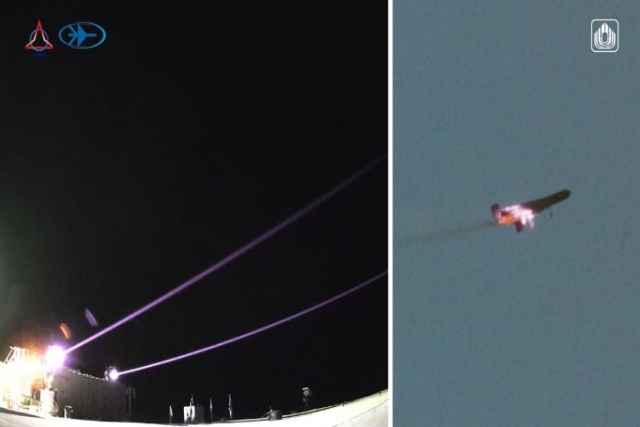Chinese J-20 Stealth Fighter Nearing Test-flight Completion

Chinese J-20 Stealth Fighter has entered its test-flight completion stage following the launch of two prototypes in quick succession last month.
The latest prototype, the eighth in the series, "proves" that the results of test flights are "satisfactory". These tests which include aerodynamic performance, stealth performance and airborne equipment have met or are close to the index requirements, China Military Online, the official publication of the Chinese Defence Ministry reported today.
The latest China-made fourth-generation J-20 stealth fighter with fuselage number 2017 has successfully completed its first flight on November 24, 2015, only two months after the launch of the prototype with fuselage number 2016. This is the eighth China-made J-20 fighter aircraft and the sixth J-20 prototype used for test flight.
The canopy of the J-20 fighter with fuselage number 2017 comes with metal-film coating which can further improve the fighter’s stealth performance, the report said.
Quoting Fu Qianshao, deputy editor of the PLA Air force's Aviation Magazine the report said that the eight prototype can be classified into three categories; the black color J-20 fighters with fuselage numbers 2001 and 2002 are technical verification models, which are similar to the U.S. YF-22 prototype models; the J-20 fighters with fuselage numbers 2011 and 2012, which have different coatings and appearances from the previous ones, are the engineering prototype models; the ones with fuselage numbers 2013, 2015, 2016 and 2017 are prototype models, which are close to the stereotyped (production) models.
“It is possible that the China-made J-20 fighters will soon be deployed to PLA troops,” Fu claimed.
The canopy of the J-20 fighter with fuselage number 2017 has a shrunken edge curve, Fu said adding that the canopy modification is in consideration of strength enhancement, air resistance reduction and stealth improvement. The prototype number 2017 uses metal-film coating due to which radar waves cannot penetrate into the cockpit, and even if some of the radar waves enter the cockpit, only small fraction of the waves can be reflected, which will further improve aircraft’s stealth performance, Fu added.












